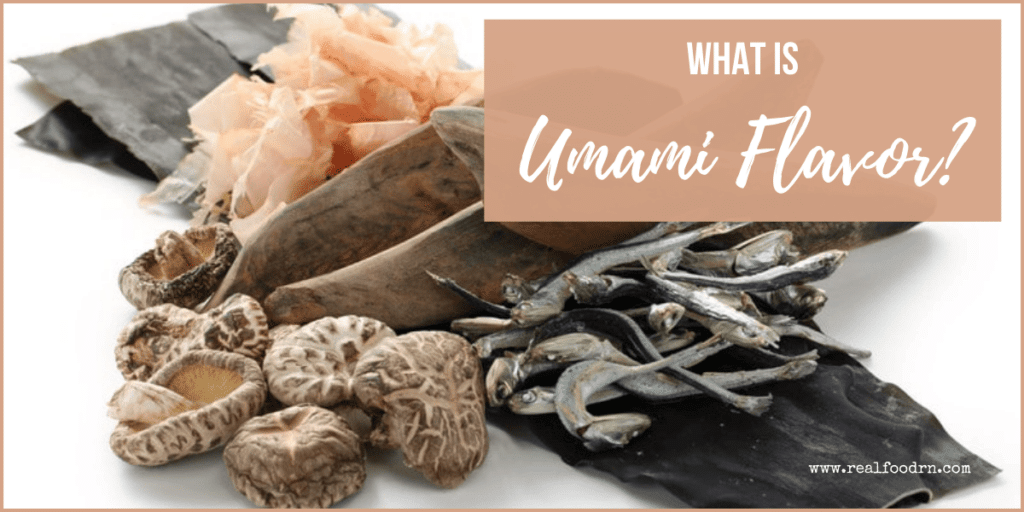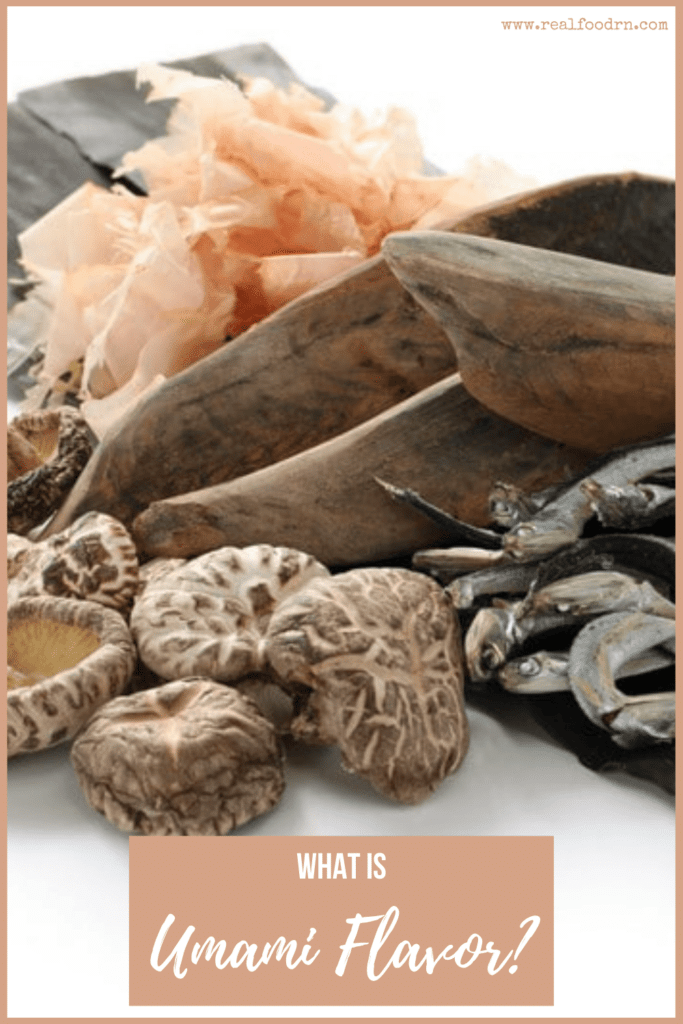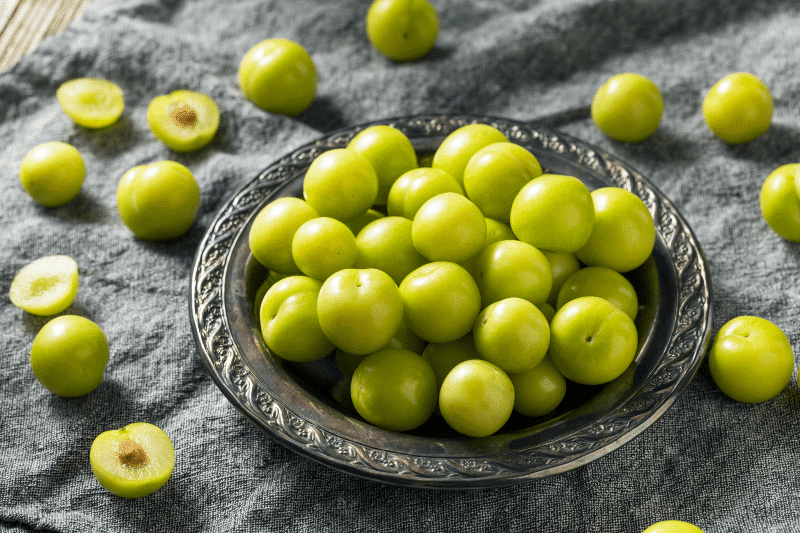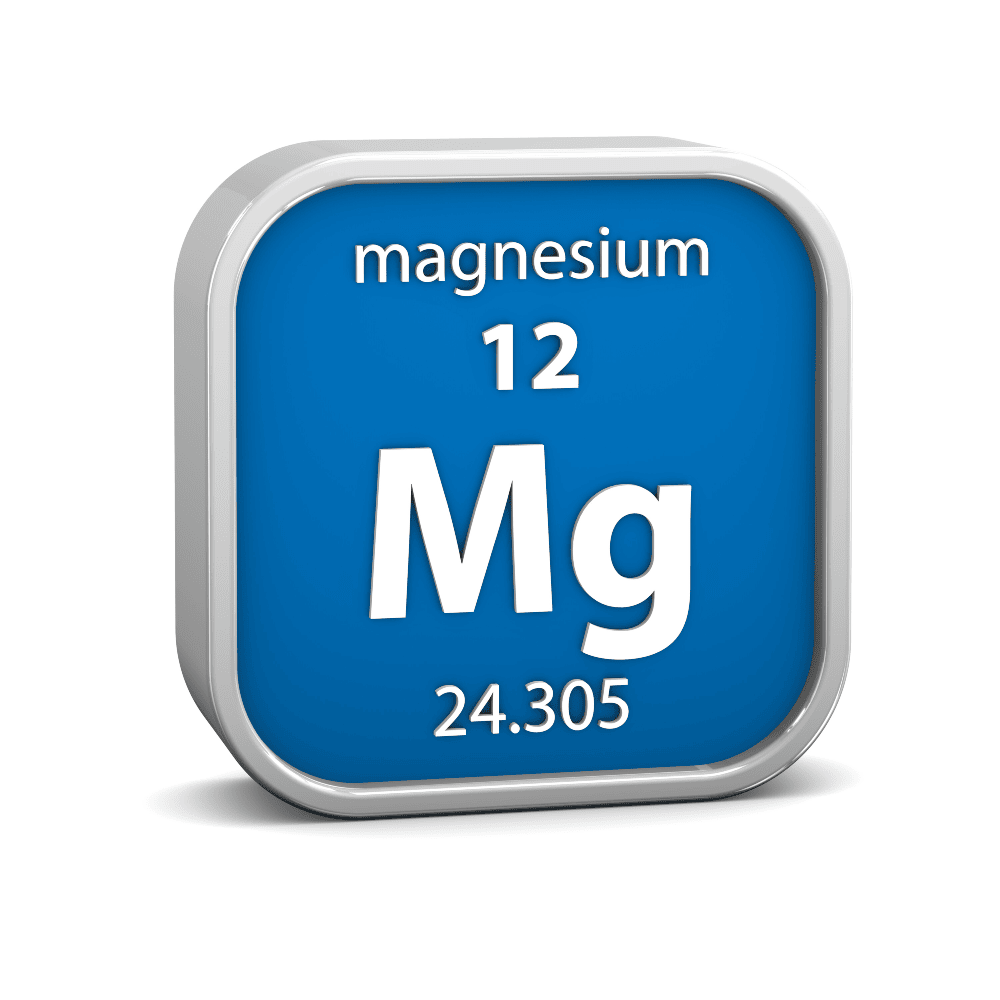
Move over, sweet and salty, there’s a new kid in town. Okay, it’s not really new, but that sounded dramatic. You may not have heard of umami, but it is actually one of the tastes that our tongues recognize, along with bitter, sour, sweet, and salty. We love umami, a Japanese word meaning “savory,” even if we don’t know what it’s called. It is the oomph of flavor that comes from foods packed with protein.
What is Umami?
Umami flavor was identified by a Japanese chemist in the early part of the twentieth century, and we now know that although it hasn’t always had a name, it has been a favorite since the time of the ancient Greeks and Romans.
A naturally-occurring amino acid, glutamate, gives us umami flavor, which scientists now believe we love so much because of our primal instinct that tells us what is healthy to eat. Because the taste of umami signals a high protein food source, we are metabolically attuned to enjoy it, just as we are sweet-tasting foods because they indicate a food source high in calories. Glutamate also regulates our feeling of being comfortably fed or satisfied after we have eaten enough, which is an important part of losing weight or maintaining a healthy one.
Other Reasons Why Our Bodies Need Glutamate:
- It energizes our digestion, including the stomach, small intestine, and liver.
- It is also an excitatory neurotransmitter (stimulates the brain), which plays a crucial role in learning and memory.
- It is used by our body to produce GABA (gamma-aminobutyric acid), which is an inhibitory neurotransmitter (calms and balances the brain).
The foods with the most umami flavor are ones that have broken complete proteins down into “free” amino acids, including glutamates. The methods that create “free” amino acids include aging, toasting, braising, stewing, fermenting, and roasting. Obviously, I want lots of this yummy, healthy stuff in my food, so I eat a selection of these foods frequently:
- Pork, beef, lamb, turkey, and chicken
- Shellfish, especially oysters
- Darker-fleshed finfish, like tuna, mackerel, and salmon
- Ocean vegetables, especially kombu seaweed
- Cheese, such as Parmesan or Roquefort
- Green tea
- Tomatoes
- Potatoes
- Chinese cabbage
- Soybeans
- Legumes
- Pickled vegetables and fruits
To make sure I get my full daily dose of glutamates, I also drink this mushroom coffee (no, seriously, it’s delicious!), take mushroom supplements and add mushroom broth to our homemade stews and soups by cooking down mushrooms and freezing the broth in ice cube trays. Then, whenever I want to add umami flavor to a menu, I just pop one into the pot.
I also add umami by opening the mushroom supplement capsules (use the coupon code “REALFOODRN” to get 10% off your order) and sprinkling it over our food. Want to see foods your kids don’t like disappear? Just sprinkle some of this on top of those green veggies. Since the flavor is so fabulous, they will eat it up and ask for more. Instead of “a spoonful of sugar makes the medicine go down,” try ground mushrooms!
CLICK HERE to Pin this Recipe










3 Replies to “What is Umami Flavor?”
you can try other earthy foods like: olives, sundried tomatoes, ferments, nato, etc
How do you get this flavor if you’re allergic to mushrooms?